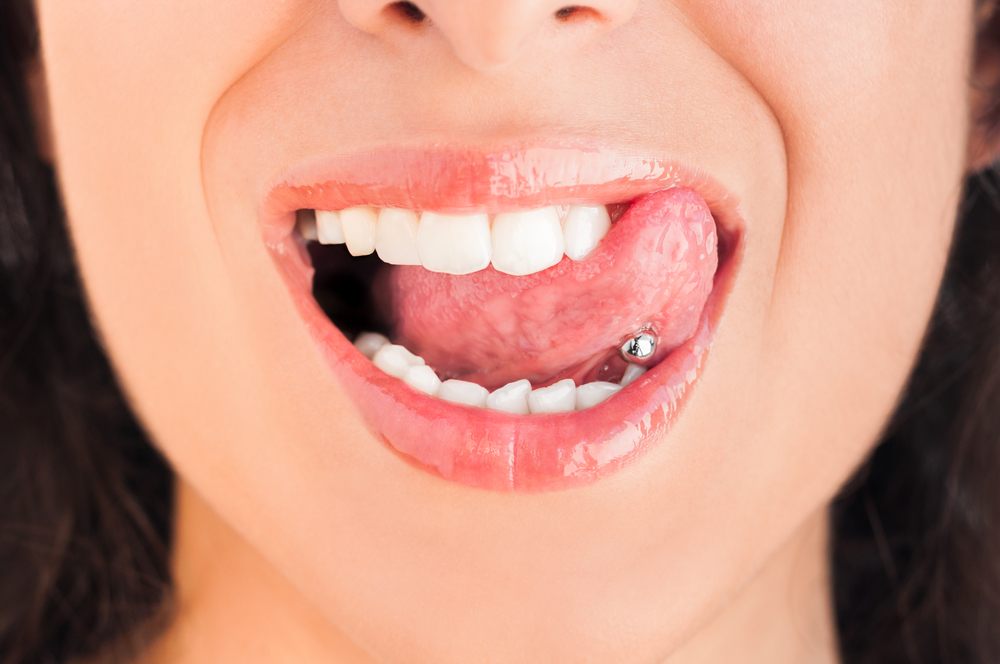
That bitter, cotton-like coating on your tongue after a certain glass of wine? Really tingles those taste buds, right? Wrong. Smell? Nope. That perceived traditional oak barrel character, or barrique character, is the doings of the trigeminal nerve. Yep, according to a research team headed by Dr. Hanns Hatt from the Faculty of Biology and Biotechnology at the Ruhr-Universität (and originally reported in Oxford Journal's Chemical Senses), the same nerve that makes you feel pain and temperature gives your tongue that distinctly bitter, cotton-like coating. Yay, science!
How did they find out? Well, with patients that had severed taste nerves, of course. We suppose that's one way to go about it...
Basically, the hypothesis was tested through examinations of patients who already had servered taste nerves. While unable to taste the five, er, tastes — "sweet," "sour," "bitter," "salty," and the recently recognized "umami" — they were able to feel the barrique flavor, also called astringency, on their tongue. And when that suspected trigeminal nerve was switched off, they no longer felt it.
The cell physiologists from Bochum decoded the exact structural features a material must posses to trigger the flavor: crucial is a gallic acid group that consists of one carbon ring, namely a phenol ring, with three adjacent OH groups. The more a material contains, the stronger the flavor. Wine gets this flavor from both maturing in an oak barrel as well as teh addition of woodchips or wood flower.
"Gallic acids occur in smaller quantities in the seeds of grapes and in large complexes in oak barrels," explains Hanns Hatt. "In red wine, many of those molecules bond together and have an accordingly strong effect... Our research has made it possible to add the chemical substance that generates the barrique flavor directly to a wine. Such additives are approved for use in the EU and the USA."










